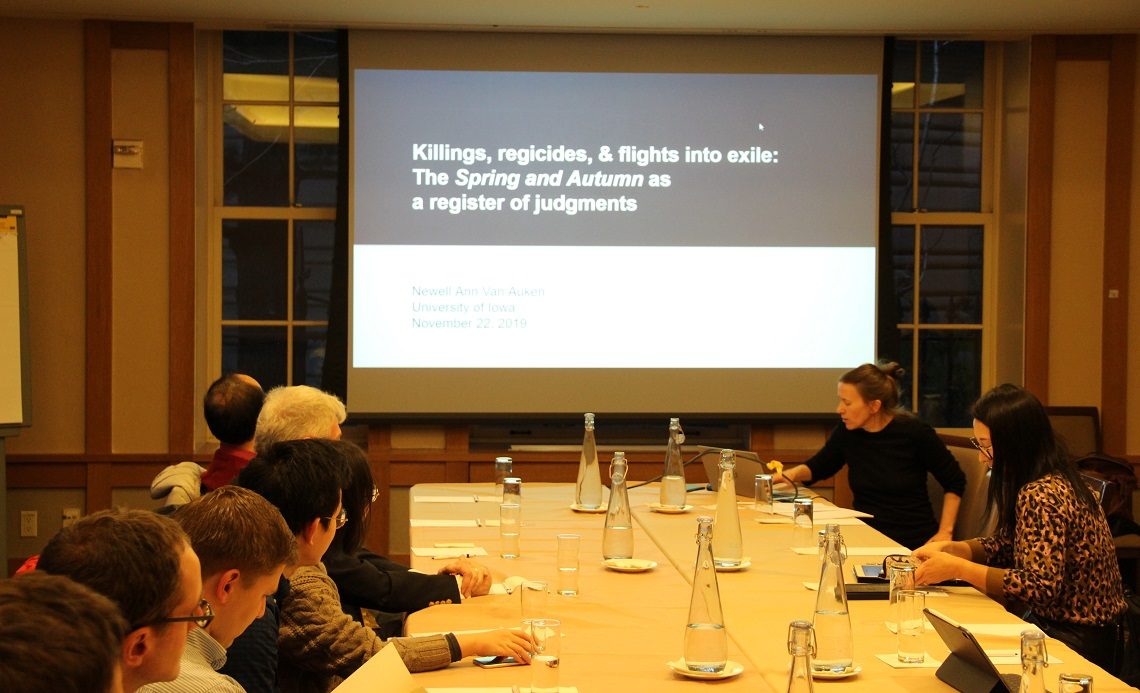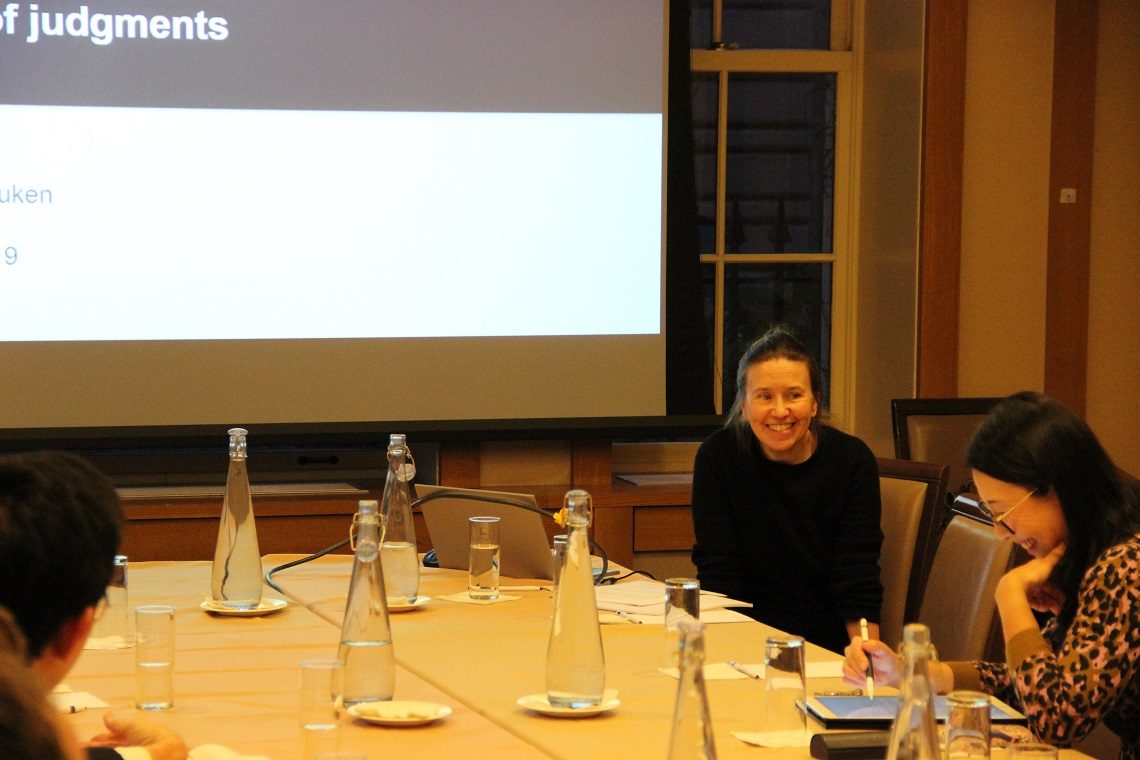November 22, 2019
Early China Seminar Lecture Series
Title: “Spring and Autumn Historiography: Formulaic phrasing and hierarchical display in Spring and Autumn records”
Speaker: Newell Ann Van Auken, University of Iowa
Time: November 22, 2019 (4:30-6:30 PM)
Location: Faculty House (*please check the announcement board in the first floor lobby for room information)
This study examines the Spring and Autumn (Chūnqiū 春秋), and takes as its starting point the view that all historiography—that is, history-writing—is fundamentally interpretive. This is true even of the terse, impersonal, and ostensibly objective Spring and Autumn records. These records are highly formulaic, a point that has given rise to an extensive commentarial tradition focusing on individual records that pose exceptions to the regular form. My approach takes the opposite tack, examining and analyzing regular recording patterns, with the aim of exposing the values and priorities that the Spring and Autumn imposes onto the events it records. The formulaic nature of the records suggests a link between the Spring and Autumn and ritual or religious practice. Ritual conveys its message through form, such as patterned movement or material display; art historian Jessica Rawson has proposed that the rituals of early China “enable the family structure and the political order to be seen.” The “form” employed by the Spring and Autumn is linguistic, and in this study I show how its records use patterned phrasing to mark the relative importance of events, individuals, and states. In short, its form puts hierarchy on display, and it appears to have been produced by a system that was deeply concerned with hierarchy, prestige, and relative rank. This talk introduces my current book project, which analyzes the historiographical priorities and strategies of the Spring and Autumn itself, and builds on my previous work, which examined the early commentarial interpretation and reception of the Spring and Autumn.


